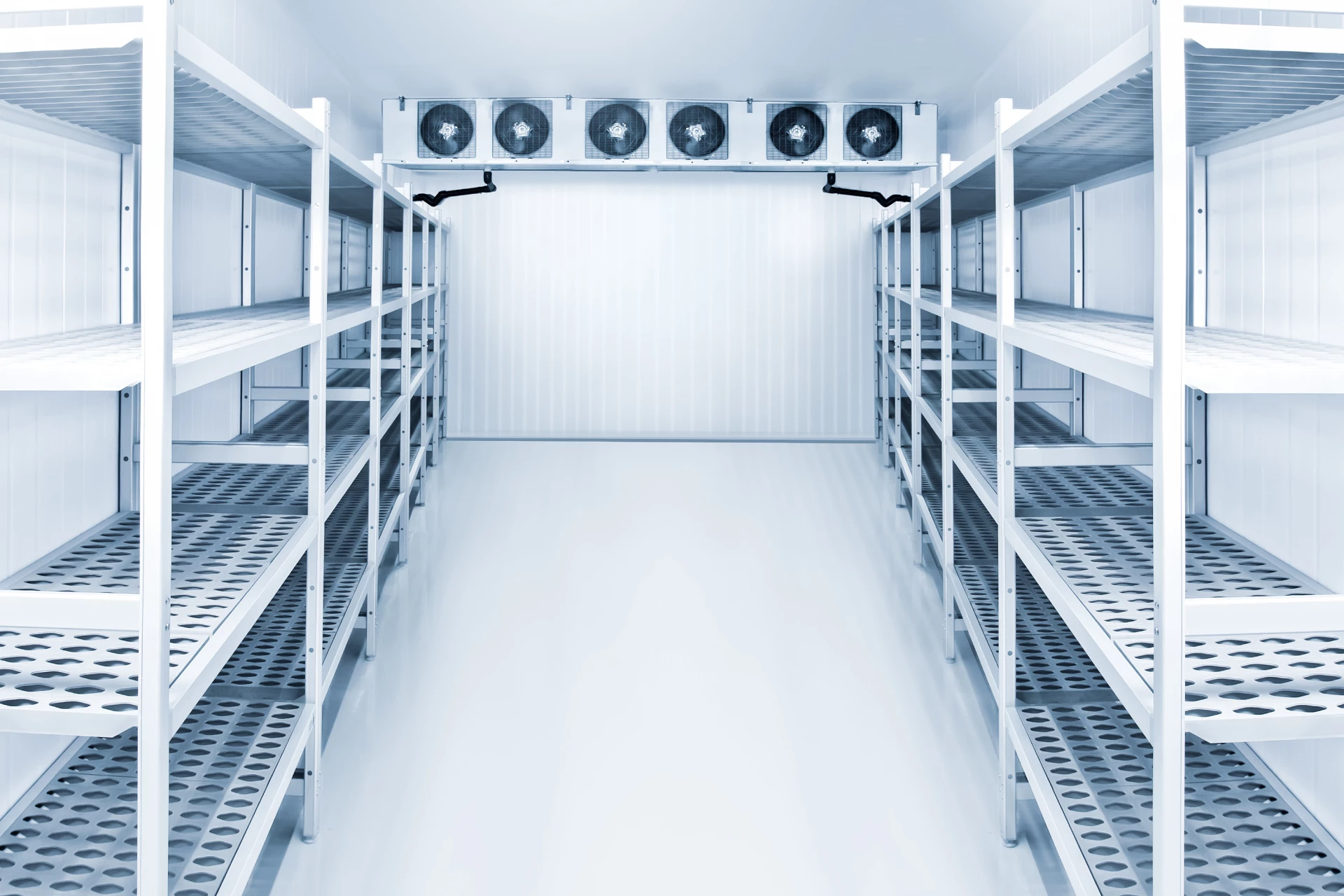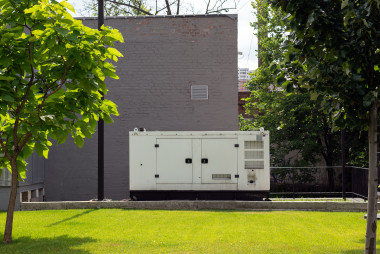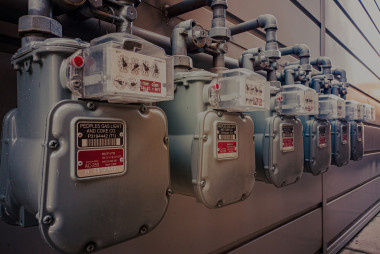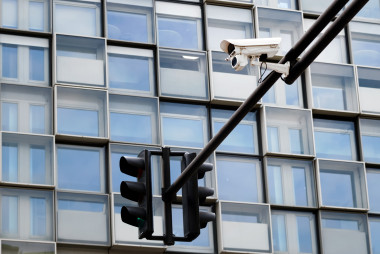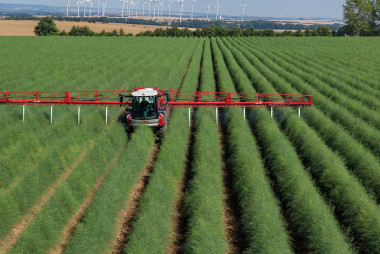HIGHLIGHTS
✔ Food venues must maintain their stock in stable temperatures to avoid the financial losses resulting from spoiled ingredients. To prevent this from happening, industrial refrigerators must be equipped with thermal sensors.
✔ However, these sensors use Bluetooth to communicate, the signal of which is blocked by the thick metal walls of these refrigerators.
✔ The combination of our RUTX11 cellular router and RUTX10 Ethernet router provides a stable 4G connection to the sensors while also making for efficient use of data.
THE CHALLENGE – FAST-FOOD BLUETOOTH
It is a fact of our modern life that food must stay refrigerated for it to not spoil. However, in the hustling world of restaurants, cafes, bars, and other food venues, a great deal of planning goes to ensure stable temperatures for ingredients and stock. This is true for anything from relatively small industrial refrigerators to large and insulated room-sized ones, known as walk-in refrigerators.
A wide range of air conditioning malfunctions can very easily go unnoticed, causing ingredients to become too warm or too cold, and spoil as a result. The larger the scale of your business, the greater the risk of your stock being wasted, your customers not getting served, and the resulting financial losses.
To prevent this from happening, industrial refrigerators must be equipped with thermal sensors, enabling automatic monitoring of temperatures and immediate alerts the moment the temperature changes. However, these sensors use Bluetooth to communicate, and the insulating nature of these refrigerators necessitates thick metal walls that make connectivity unreliable.
TOPOLOGY
THE SOLUTION – STAYING COOL, STAYING CONNECTED
When the environment isn’t connectivity-friendly, it’s best to dispatch the friendliest of connectivity devices!
The solution begins with our RUTX11 industrial router, placed by the register for easy access and wide coverage to all small refrigerators in the venue. Wi-Fi, RUTX11 provides network connectivity to a RUTX10 Ethernet router placed in the fridges, which is connected to the temperature sensors via LAN. Both devices can be easily installed using DIN rail, simplifying complexity.
The reason for this setup is that a single router would not be able to connect to all the sensors. In addition, using an Ethernet router with a powerful LTE Cat 6 router such as RUTX11 makes for efficient use of data, as the challenge of breaking through the thick metal walls is overcome with Wi-Fi – not cellular data directly. RUTX11 is equipped with switching scenarios such as auto failover and backup WAN, and utilizes Wave-2 802.11ac Dual Band WI-FI. This results in a stable, stable 4G connection to the sensors, and unchanging temperature control.
But when a food chain has more than a single venue, managing the routers presents a logistical problem. Sending your engineer to every venue whenever its routers need configuration, maintenance, or firmware update amount takes a lot of time and financial resources. This is where compatibility with the Remote Management System (RMS) of Teltonika Networks helps streamline the workflow by enabling remote access. This allows for remotely configuring and maintaining the routers and routinely updating their firmware – all at once!
Of course, for this solution to function properly, it’s important for RUTX10 to be able to operate in the temperatures needed to keep stock refrigerated or frozen. Luckily, both routers operate seamlessly between -40°C and 75°C. Encased in sturdy aluminum housing, they can even take quite a hit without the network getting disrupted!
Rekomenduojamas gaminys
RUTX11Mobiliojo ryšio greitis iki 300Mbps su nešlių agregacija
Automatinio persijungimo, atsarginio WAN bei kiti scenarijai
Wave-2 802.11ac dvigubo dažnio WI-FI ir „Bluetooth“ LE
4 Gigabitiniai Eterneto lizdai, palaikantys iki 128 prievadais ar žymomis pajungtų VLAN
